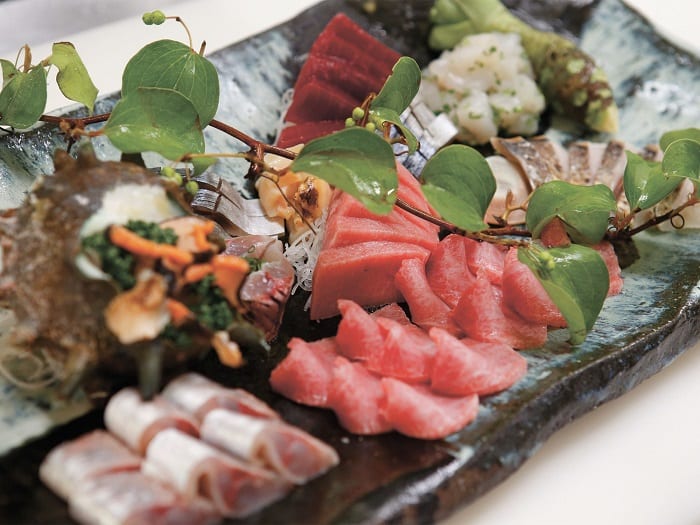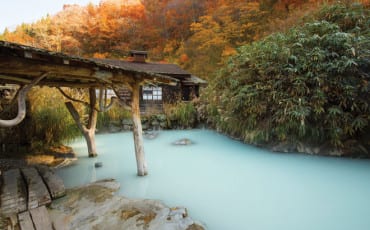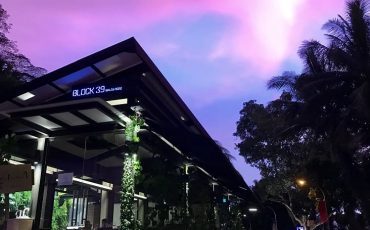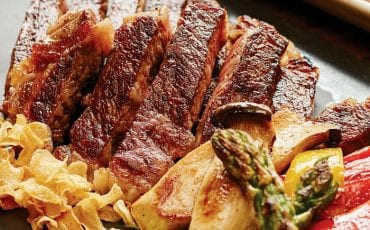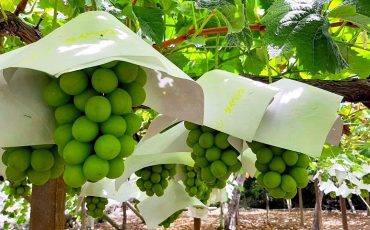Articles
Features
Jul 1, 2015
Farming Activities in Shizuoka
If there is just one thing contributing writer Tan Lili took away from her experience in Shizuoka, this would be it.
Before my trip to Shizuoka, I had the privilege of interviewing Chef Tetsuya Wakuda of Waku Ghin here in Singapore. While I could tell the absolute trust he places in Yuko Unno and her recommendations of Shizuoka’s finest producers, it was only during my trip that I got to truly understand the extraordinary depth of their relationship.
Digging up wasabi
At Miyahara Farm, I got to experience digging up one wasabi stem. I had trouble balancing on the slippery soil that dry spring morning; imagine doing so in winter! A year and a half ago, Chef Wakuda had the honour of serving the late Lee Kuan Yew at Waku Ghin. Owner Toshiho Miyahara recalls Chef Wakuda ringing him up to order a fresh wasabi stem – at the time, it was untypically snowy in Shizuoka, and the top-quality stems are found at the top of the hills. But Miyahara readily agreed and trudged up the treacherously slippery hill to retrieve the finest wasabi stem he could find.
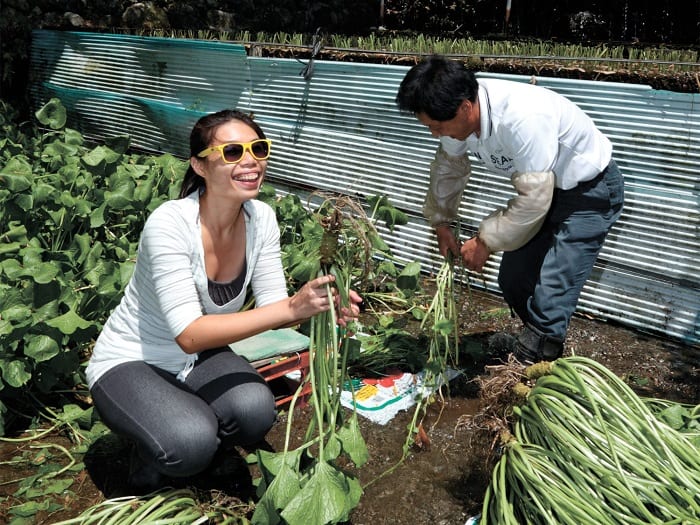
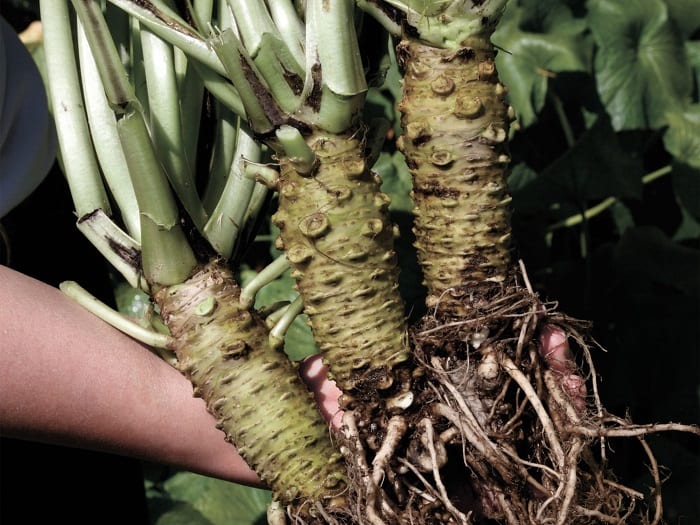
Yoji Teraoka, President of Isojiman Premium Sake Brewery, shares the same tenacity. Exclusively for Waku Ghin, the brewery produces a sake called Junmai Daiginjo M (“M” stands for marriage), which is made using rice from a specific plot of land from Hyogo prefecture and is later stored in a one-of-a-kind freezer that keeps Junmai Daiginjo M in pristine condition.
As with any good relationship, the respect these producers have for Chef Wakuda is mutual. Concerned about their future, Chef Wakuda works hard to ensure their stories are heard, that their amazing produce are tried and tasted by the world.
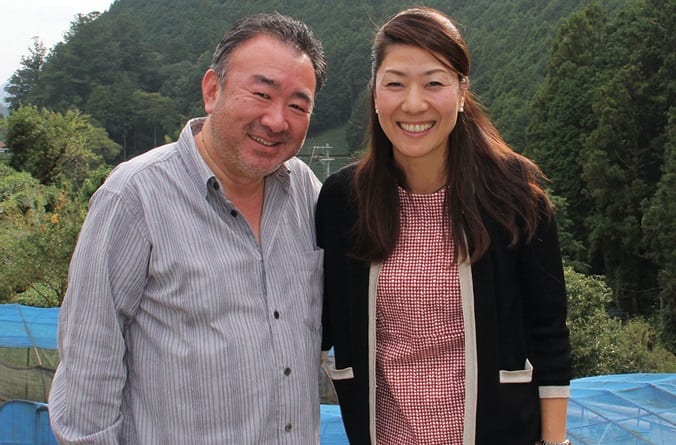
The Heart Of The Ocean
My most memorable encounter in Shizuoka was at Sasue Maeda, a fish supplier that exports seafood to Waku Ghin – the only restaurant in Singapore to do so. To our surprise, Chef Wakuda had owner Naoki Maeda prepare a treat for us – a slab of the highly coveted otoro (tuna belly). The immaculate manner with which Maeda sliced the otoro was mesmerising! He skilfully placed the sliced otoro on an exquisite dish alongside other wonderfully fresh sashimi. To be in the presence of such amazing dedication, and to be able to savour the works of Maeda, I felt immeasurably blessed that day.
Later at night, we invited Maeda and Unno to join us for dinner by way of appreciation. It was then we found out Maeda had specially driven out of town to loan the beautiful dish for us! Wanting us to experience the best of the best while we were in Shizuoka, Maeda told us about a nearby late-night tempura counter called Tempura Naruse. Truth be told, I was feeling a little worse for wear; all I wanted to do was to go back to our hotel and sleep.
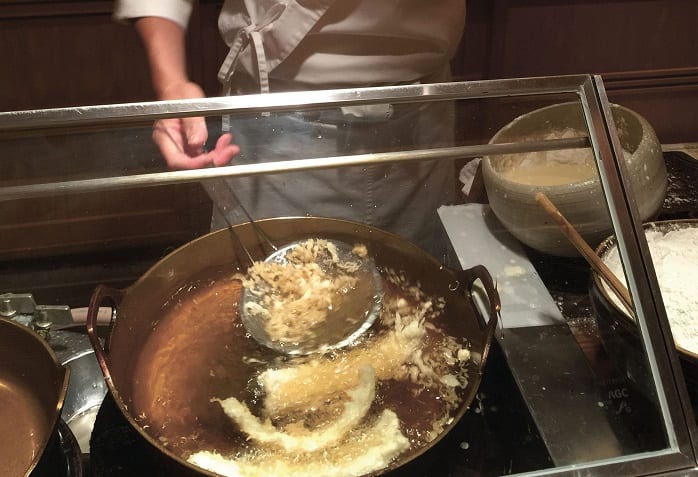
But I’m glad I didn’t. Chef Takeo Shimura, who opened the restaurant seven years ago, recounted how Chef Wakuda instantly became a tempura convert the moment he tried Chef Shimura’s creations – and it’s easy to see why. Using a special combination of oil that adds an umami flavour to the tempura dishes, Chef Shimura’s creations were absolutely divine!
From the conversations I had with the producers, I had no doubt they are wholly committed to supplying only the best to Chef Wakuda. But it was through the above unspoken moments that I actually felt their sincerity. Instead of hurrying through life, I have since learned to slow down and count my blessings. I’m a very lucky girl, indeed.
